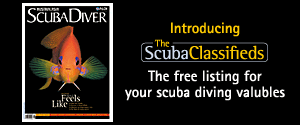- Home
- Directory
- Shop
- Underwater Cameras - Photographic Accessories
- Smartphone Housings
- Sea Scooters
- Hookah Dive Systems
- Underwater Metal Detectors
- Dive Gear
- Dive Accessories
- Diving DVD & Blu-Ray Discs
- Diving Books
- Underwater Drones
- Drones
- Subscriptions - Magazines
- Protective Cases
- Corrective Lenses
- Dive Wear
- Underwater Membership
- Assistive Technology - NDIS
- On Sale
- Underwater Gift Cards
- Underwater Art
- Power Stations
- Underwater Bargain Bin
- Brands
- 10bar
- AirBuddy
- Akona
- AOI
- Apollo
- AquaTech
- Atomic Aquatics
- aunoc
- AxisGo
- Backscatter Underwater Video and Photo
- BLU3
- Buddy-Watcher
- Cayago
- Chasing
- Cinebags
- Contour
- Deepblue
- Devilite
- Digipower
- DJI
- Dyron
- Edge Smart Drive
- Eneloop
- Energizer
- Exotech Innovations
- Fantasea
- FiiK Elektric Skateboards
- Fotocore
- Garmin
- Geneinno
- GoPro
- Hagul
- Hoverstar
- Hydro Sapiens
- Hydrotac
- Ikelite
- Indigo Industries
- Inon
- Insta360
- Intova
- Isotta Housings
- Jobe
- JOBY
- Kraken Sports
- LEFEET
- Marelux
- Mirage Dive
- Nautica Seascooters
- Nautilus Lifeline
- NautiSmart
- Nitecore
- Nocturnal Lights
- Nokta Makro
- Ocean Guardian
- Oceanic
- Olympus
- OM System
- Orca Torch
- Overboard
- Paralenz
- PowerDive
- QYSEA
- Ratio Dive Computers
- Scubajet
- Scubalamp
- Sea & Sea
- SeaDoo Seascooter
- SeaLife
- Seashell
- Seavu
- Shark Shield
- Sherwood Scuba
- Spare Air
- StickTite
- StormCase
- Sublue
- Suunto
- SwellPro
- T-HOUSING
- Tusa
- U.N Photographics
- Venture Heat
- XTAR
- Yamaha Seascooter
- Youcan Robot
- Zcifi
Yap establishes manta ray sanctuary
Manta rays, with an average wing span of 22 feet, are getting their first designated protected area in the western Pacific, around Yap in the Federated States of Micronesia.
Yap Gov. Sebastian Anefal made the announcement at an oceanic conference Friday, saying waters around his state have been designated as a protected area for manta rays and their habitat.
Speaking at a U.S. Coral Reef Task Force meeting on the Big Island, Anefal said the Yap legislature passed a law protecting the habitat out to 12 miles offshore, an 8,243-square-mile area, comprising 16 main islands and atolls and 145 islets.
"Man is not chief. The land and waters are chief," Anefal said. "We need to protect our waters to protect our way of life and ensure that resources are plentiful for our next generations. Setting aside all the waters of Yap State to protect the manta ray and its habitat is the first step in this effort."
A sanctuary management plan will provide an ecological approach to protecting the habitat for manta rays and other marine species, including sharks, he said.
Anyone harming or killing manta rays or destroying their habitat would face a maximum penalty of six months in jail and a $1,000 fine.
Anefal urged the task force to provide technical assistance and support to Yap in the development of the management plan for the newly created marine protected area.
"This is a bold move to conserve thousands of miles of ocean for an iconic species that is vital to the ocean ecosystem," said Tim Keeney, National Oceanic and Atmospheric Administration co-chairman of the U.S. Coral Reef Task Force. "Micronesian nations are leading the way in ensuring the long-term survival of their marine resources."
Yap's announcement is part of fulfilling its commitment to the Micronesia Challenge, a five-nation agreement to conserve 30 percent of near shore marine resources and 20 percent of land resources by 2020.
Yap is internationally known as one of the best dive destinations to have a "manta ray experience," Anefal said.
The giant sea creatures are filter feeders and can be found in tropical waters around the world.
They were hunted across the Pacific Ocean and Gulf of Mexico for their liver oil and skins, and are still hunted in Mexico and some western Pacific areas where their meat is considered a delicacy.
Their numbers today are unknown.
The islands of the Federated States of Micronesia are spread across an area about 2,500 miles southwest of Hawai'i, which has no laws protecting manta rays. Several companies offer night dives to view manta rays off Maui and the Kona Coast of the Big Island.
Full story at http://tinyurl.com/6hr48w
![]() Contributed by Tim Hochgrebe added 2008-09-04
Contributed by Tim Hochgrebe added 2008-09-04
Replies of 1
- Emma added 2008-09-14
Yap sounds amazing and is somewhere that is for sure on my list of place to go!!!! Manta Rays are stunning and I am lucky enough to see them while working as a Diving Instructor in Thailand! We have them on many of our dive sites, including the Similan Islands, Hin Deang and Hin Muang, Racha Noi and many others. A manta Ray siting is something all divers should try and get under their belts!!! For more information on diving in Thailand please send me a PM and I will be happy to help you Happy diving!! Emma
Replies of 1
![]() Login or become a member to join in with this discussion.
Login or become a member to join in with this discussion.

 Sea-Doo Seascooter Australia
Sea-Doo Seascooter Australia
Exclusive official distributor and dealer for SEA-DOO Seascooters in Australia and New Zealand. The revolutionary SeaDoo Seascooter series feature the lightest and most efficient personal water propellers in the world at a price that won't break the bank.
Shopfront
-
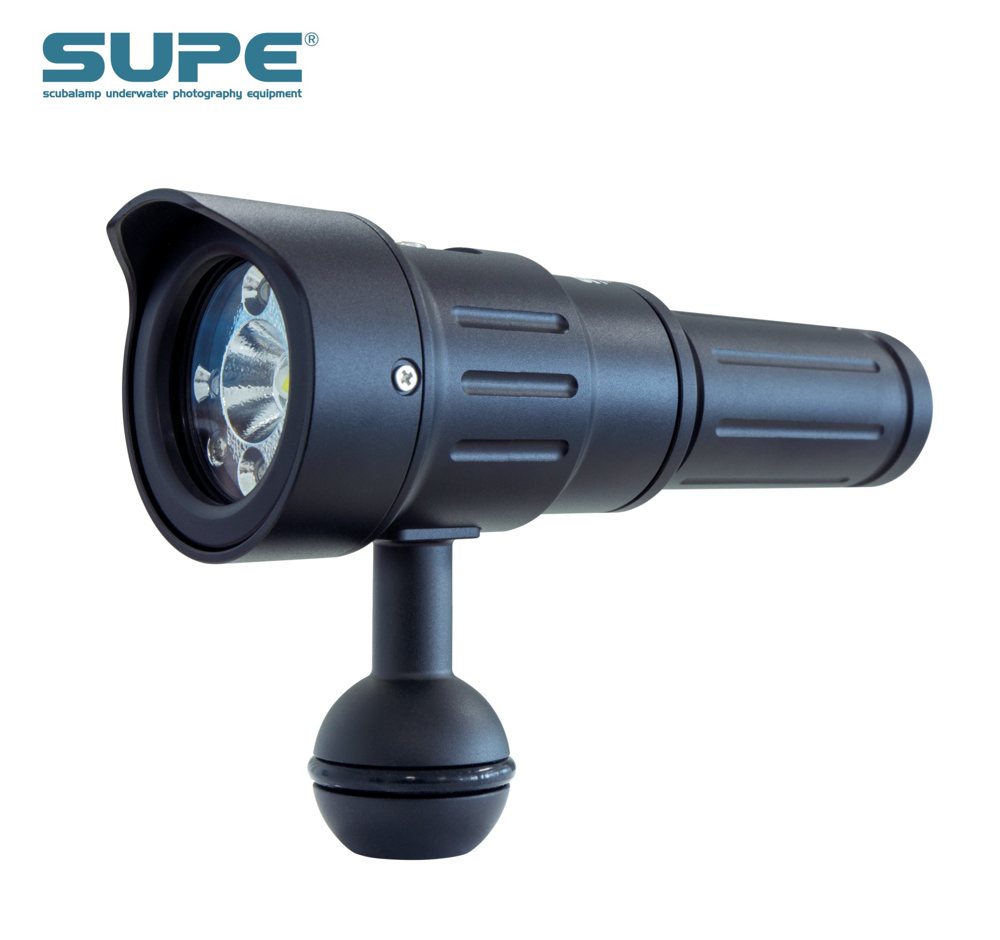 Scubalamp F22 Compact Focus Light - 2,000 lumens
Scubalamp F22 Compact Focus Light - 2,000 lumens
- Price A$ 169.00
-
 Insta360 X4 8K 360 Action Camera
Insta360 X4 8K 360 Action Camera
- Price A$ 869.00
-
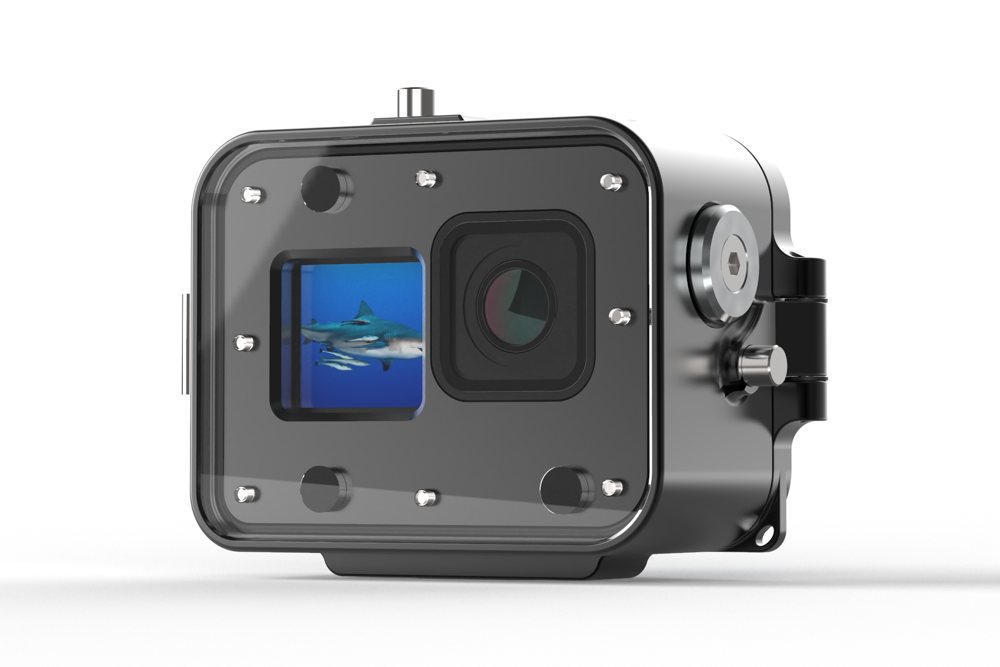 T-Housing Aluminium Deepdive Housing for GoPro Hero9 Hero10 HERO11 HERO12 and HERO13
T-Housing Aluminium Deepdive Housing for GoPro Hero9 Hero10 HERO11 HERO12 and HERO13
- Price A$ 579.00
-
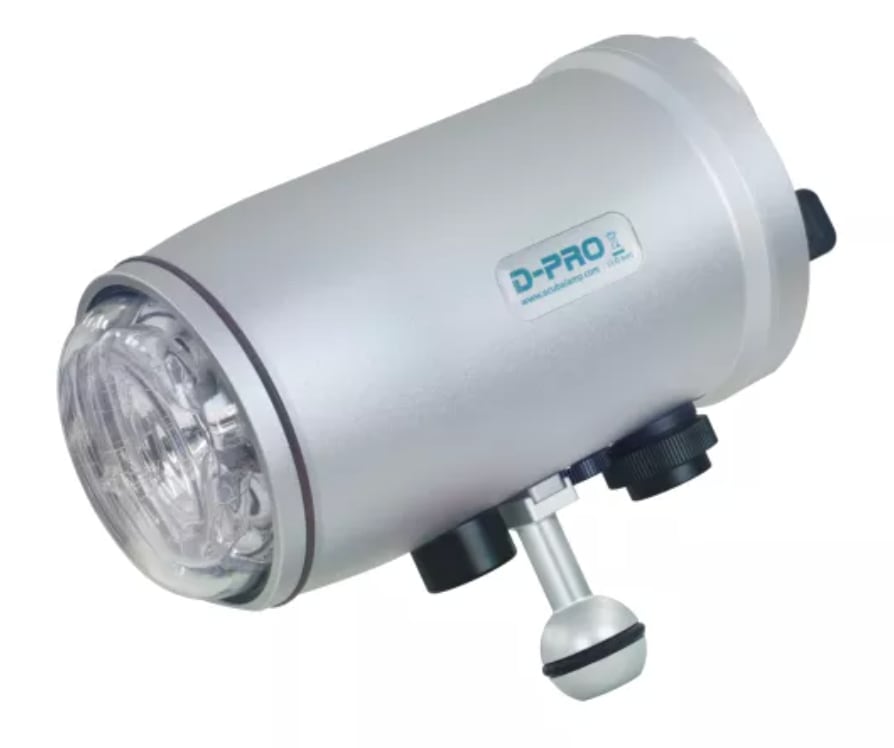 Scubalamp D-Pro Underwater Strobe
Scubalamp D-Pro Underwater Strobe
- Price A$ 1,199.00
-
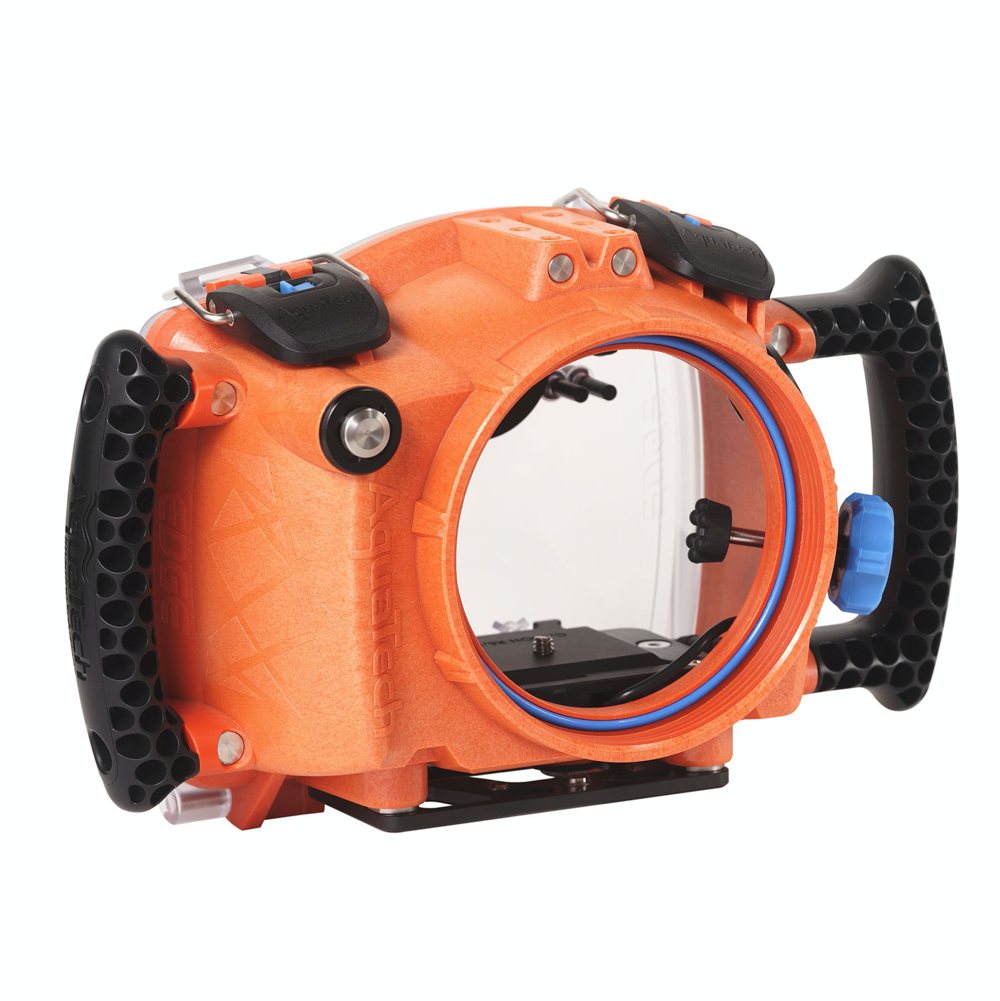 AquaTech EDGE Pro Camera Water Housings - Sony mirrorless
AquaTech EDGE Pro Camera Water Housings - Sony mirrorless
- Price A$ 1,849.00
-
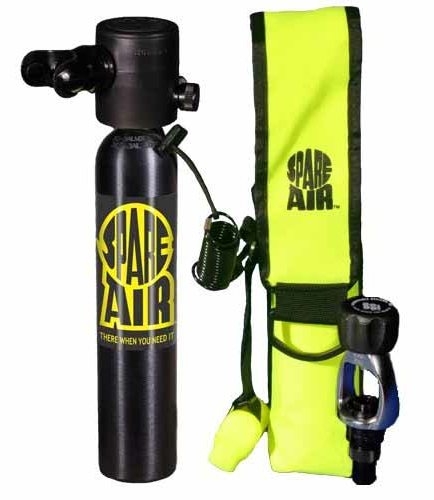 Submersible Systems Spare Air Pack - Model 300 - 3cuf
Submersible Systems Spare Air Pack - Model 300 - 3cuf
- Price A$ 549.00
-
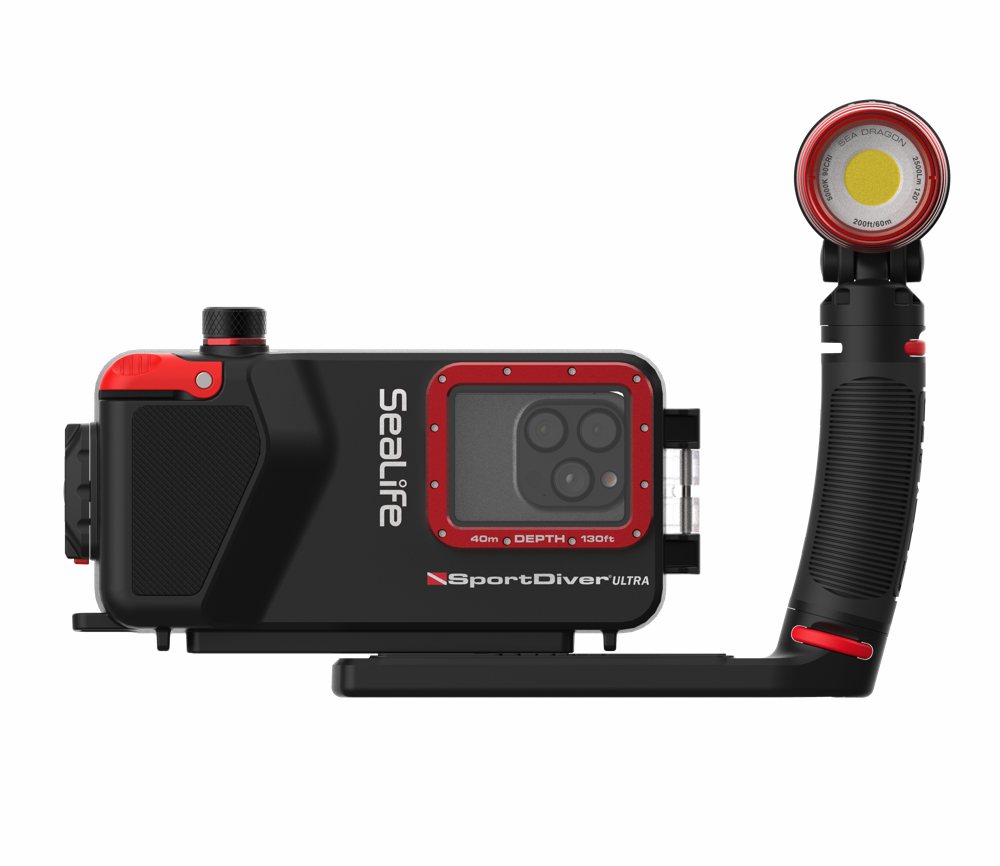 SeaLife - SportDiver ULTRA Pro 2500 Set
SeaLife - SportDiver ULTRA Pro 2500 Set
- Price A$ 1,299.00
-
 Sublue Vapor - Pump-Jet Underwater Scooter
Sublue Vapor - Pump-Jet Underwater Scooter
- Price A$ 4,999.00
Articles
-
 Grey Nurse Shark - 300 left and counting
Grey Nurse Shark - 300 left and counting
- The Grey Nurse Shark (Carcharias taurus), like all sharks, is a top order predator that plays a very important role in the marine food chain. It is one of Australia’s most popular sharks and a favourite among divers.






